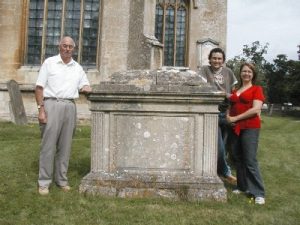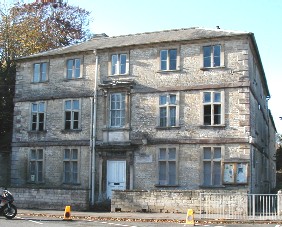 Farmor’s School opened as Fairford Free School on 24th November 1738. The school’s first schoolmaster was Jacob Kuffeler, a descendant of an ancient and prominent Dutch family. The building cost £543.8s, and consisted of a schoolmaster’s house and 2 classrooms with cellar and outbuildings including a brewhouse and a well in the rear yard. There had previously been several legacies to provide education in Fairford. In 1670 Lady Jane Mico founded a charity to provide apprenticeships for ” 4 poore Boys”, and in 1701 Mary Barker, daughter of Andrew Barker, Lord of the Manor of Fairford, left money for investment to raise funds for teaching poor boys to read and write. Later Elizabeth Farmor, Andrew Barker’s granddaughter, left £1000 in her will, specifically to build a school and pay a schoolmaster. The school originally had accommodation for 60 boys, aged between 5 and 12, and if Fairford children did not fill all the places, numbers could be made up from the surrounding villages. Boys could be “turned away” for bad behaviour, and left school to start work at the age of 12.
Farmor’s School opened as Fairford Free School on 24th November 1738. The school’s first schoolmaster was Jacob Kuffeler, a descendant of an ancient and prominent Dutch family. The building cost £543.8s, and consisted of a schoolmaster’s house and 2 classrooms with cellar and outbuildings including a brewhouse and a well in the rear yard. There had previously been several legacies to provide education in Fairford. In 1670 Lady Jane Mico founded a charity to provide apprenticeships for ” 4 poore Boys”, and in 1701 Mary Barker, daughter of Andrew Barker, Lord of the Manor of Fairford, left money for investment to raise funds for teaching poor boys to read and write. Later Elizabeth Farmor, Andrew Barker’s granddaughter, left £1000 in her will, specifically to build a school and pay a schoolmaster. The school originally had accommodation for 60 boys, aged between 5 and 12, and if Fairford children did not fill all the places, numbers could be made up from the surrounding villages. Boys could be “turned away” for bad behaviour, and left school to start work at the age of 12.
From the beginning there were close ties with St. Mary’s Church, the schoolmaster being required to conduct what we would now call a Sunday school and the Vicar giving scripture lessons at the school. The Vicar was usually one of the Governors of the school. The building was also used for Church meetings out of school hours.
The school was so successful that in the early 1800’s it was suggested that Fairford’s girls should also receive an education. At that time it was considered unnecessary to educate girls, and there was considerable opposition to the idea. Eventually the matter went to litigation. The Court made the enlightened decision that the original foundation did not specifically exclude females, and girls could be admitted. The school buildings were extended and a Girls School opened in 1815. It was totally segregated and run separately by a schoolmistress. The boys’ accommodation was upstairs and approached by an outside staircase, and the yard was divided by a stone wall to separate the boys and girls.
In 1871, having been sanctioned by Parliament and approved by the Charity Commissioners, the funds from Lady Jane Mico’s apprenticeship charity were amalgamated with those from Mary Barker and Elizabeth Farmor, to form a new educational charity, administered by trustees, which still continues today.
Co-education came to Fairford in 1922, when the boys and girls schools were combined under one Headmaster, Mr. Herbert Hedges, and the school changed its name to Farmors Free School to honour its major benefactoress. A plaque on the school wall pays tribute to the remarkable service of Herbert Hedges who served as Headmaster of the school for 25 years and Churchwarden for St Mary’s church for 38 years. A second plaque commemorates an earlier Headmaster, Richard Green, who died in 1767, recording “the uncommon assiduity and abilities with which he discharged the duties of his profession”.
From Victorian times, the school was the centre of education in the community, and there are records of the Vicar giving lectures on advanced subjects such as “Electricity”. Adult education classes started officially in the building in 1925, when the Fairford Evening Institute was formed. Initially, only vocational subjects were studied, but later the range was extended to include arts and recreational subjects.
In the post-war period of educational growth, after the Secondary Education Act, the building became the Secondary School for the whole area, including Lechlade and surrounding villages, and became very overcrowded. Gloucestershire County Council, the statutory education authority, built a new secondary school, Farmor’s School, in Fairford Park and in 1961 the pupils moved out of the old school buildings. In return for the new school, the old building passed into the ownership of GCC, and became the centre for all sorts of community activities, meetings, playgroups, old peoples clubs, but particularly the Youth Club. By the mid-1960s, there was a large and thriving Youth Club with a full time Youth Leader living in the building and dividing his time between the Centre and the new school. The Council had an office and the County Library also used part of the building. Unfortunately, GCC was not in a position to spend money on maintenance and modernisation, and, though reports were made on work which needed doing, it was not forthcoming.
In 1977 the people of Fairford decided to make the refurbishment of the Community Centre its official Silver Jubilee project. Money was collected by public appeal, and the old building was redecorated, re-fitted and adapted, and reopened in February 1979. For some time there was a period of greatly increased community activity and enjoyment, new clubs and societies were started to take advantage of the improved facilities, and the usage was high. However, as the years passed, the building once again began to deteriorate. New health and safety regulations meant that the kitchen was deemed inadequate and the heating and electric wiring were unsatisfactory. By the year 2000, the GCC had decided that it would be uneconomical to maintain the building to the standard required, and it was put on the market.
St’ Mary’s PCC and Fairford Town Council were both interested in acquiring the building for largely the same purposes, and it quickly became apparent that co-operation would be more productive than competition. A joint committee was formed to investigate the state of the building and consider its future possibilities, and in November 2002 the building was bought for the town. The PCC and Town Council each purchased part of the building with the intention of raising money for restoration and refurbishment and then managing the building as a whole for the benefit of Fairford and to meet the changing needs of its people for the foreseeable future. After serving the town for almost three centuries the building was completely renovated and extended in a one and a quarter million pound renewal project which brought it up to 21st century standards and gave it yet another new role in the community.
In 2018 Fairford Community Centre celebrated its tenth Anniversary and Farmor’s School celebrated its 280th anniversary.
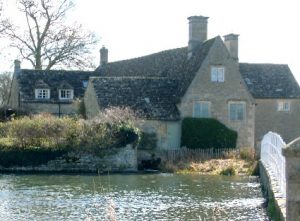
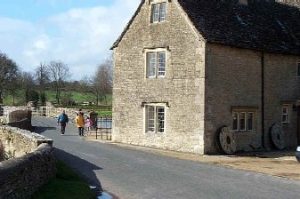 Between 1839 and 1847 Messrs Tovey were the millers at Fairford Mill. From 1889 until 1906 the Fairford Mill resident was Mr Richard Cole; a farmer, coal merchant and miller.
Between 1839 and 1847 Messrs Tovey were the millers at Fairford Mill. From 1889 until 1906 the Fairford Mill resident was Mr Richard Cole; a farmer, coal merchant and miller.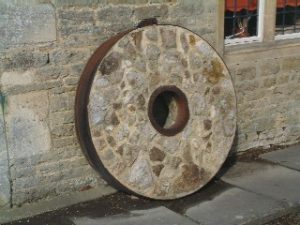
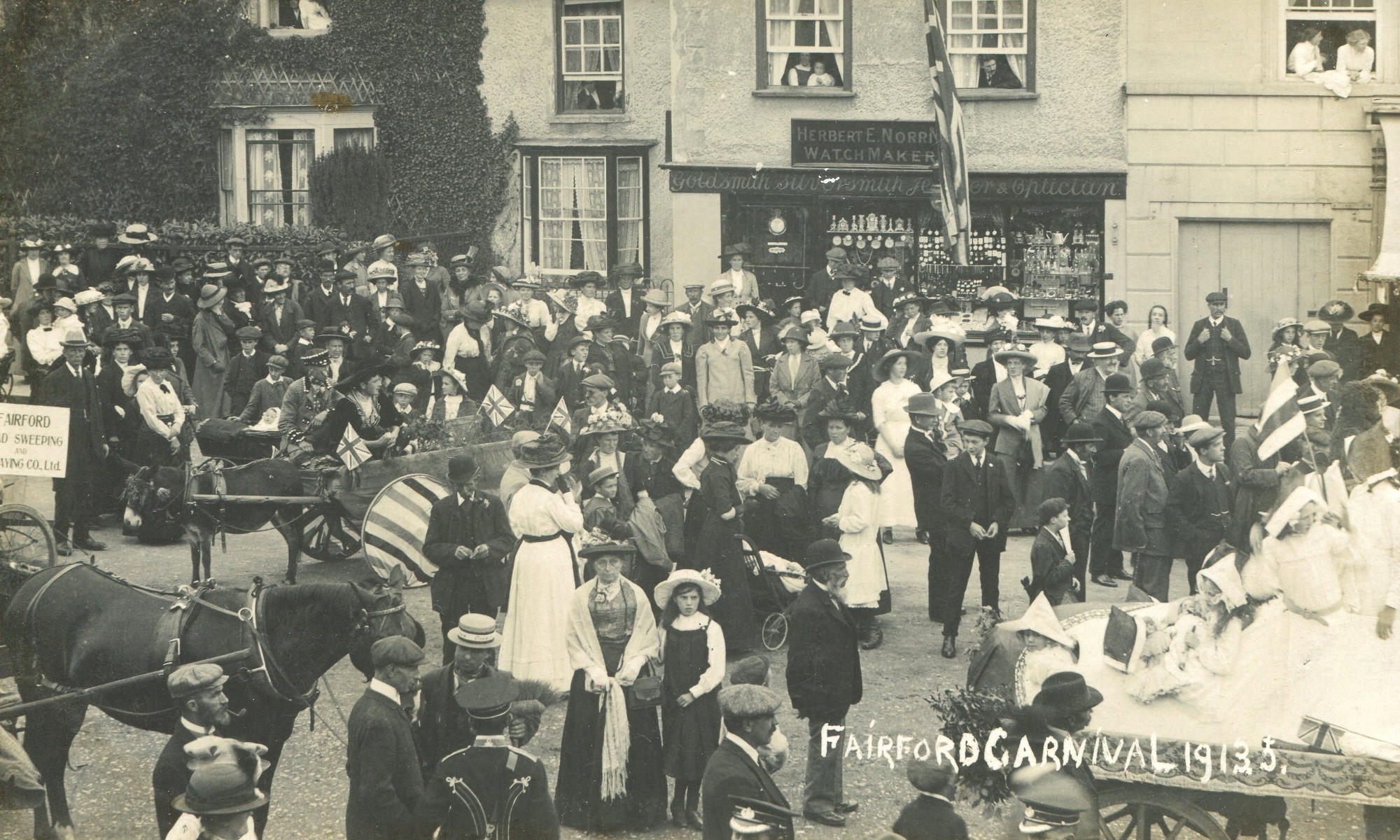
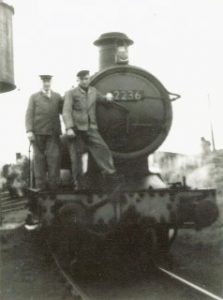
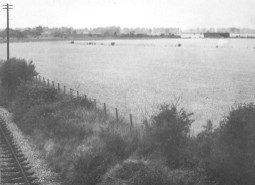
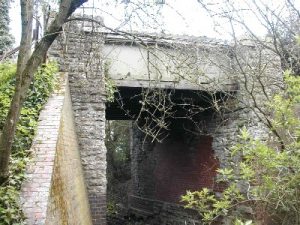 Bryworth Bridge near Fairford, 2006
Bryworth Bridge near Fairford, 2006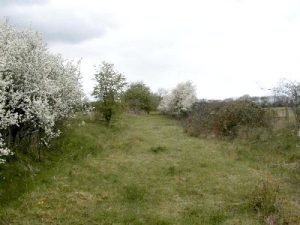
 Farmor’s School opened as Fairford Free School on 24th November 1738. The school’s first schoolmaster was Jacob Kuffeler, a descendant of an ancient and prominent Dutch family. The building cost £543.8s, and consisted of a schoolmaster’s house and 2 classrooms with cellar and outbuildings including a brewhouse and a well in the rear yard. There had previously been several legacies to provide education in Fairford. In 1670 Lady Jane Mico founded a charity to provide apprenticeships for ” 4 poore Boys”, and in 1701 Mary Barker, daughter of Andrew Barker, Lord of the Manor of Fairford, left money for investment to raise funds for teaching poor boys to read and write. Later Elizabeth Farmor, Andrew Barker’s granddaughter, left £1000 in her will, specifically to build a school and pay a schoolmaster. The school originally had accommodation for 60 boys, aged between 5 and 12, and if Fairford children did not fill all the places, numbers could be made up from the surrounding villages. Boys could be “turned away” for bad behaviour, and left school to start work at the age of 12.
Farmor’s School opened as Fairford Free School on 24th November 1738. The school’s first schoolmaster was Jacob Kuffeler, a descendant of an ancient and prominent Dutch family. The building cost £543.8s, and consisted of a schoolmaster’s house and 2 classrooms with cellar and outbuildings including a brewhouse and a well in the rear yard. There had previously been several legacies to provide education in Fairford. In 1670 Lady Jane Mico founded a charity to provide apprenticeships for ” 4 poore Boys”, and in 1701 Mary Barker, daughter of Andrew Barker, Lord of the Manor of Fairford, left money for investment to raise funds for teaching poor boys to read and write. Later Elizabeth Farmor, Andrew Barker’s granddaughter, left £1000 in her will, specifically to build a school and pay a schoolmaster. The school originally had accommodation for 60 boys, aged between 5 and 12, and if Fairford children did not fill all the places, numbers could be made up from the surrounding villages. Boys could be “turned away” for bad behaviour, and left school to start work at the age of 12.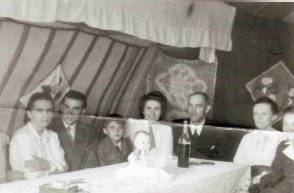
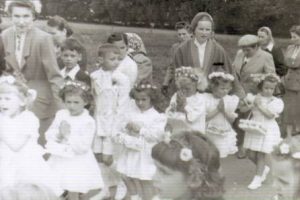
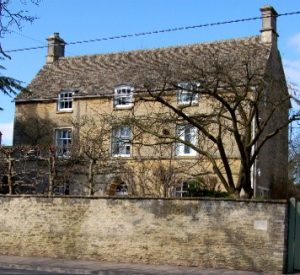 John Keble’s house in Fairford which was called Court Close at the time and in which John Keble senior lived all of his married life.
John Keble’s house in Fairford which was called Court Close at the time and in which John Keble senior lived all of his married life.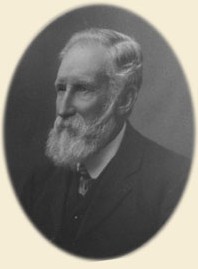 One of the many Englishmen who went to New Zealand to seek fame and fortune in the 19th Century was William Child Iles. William was the son of Nicholas and Charlotte Iles of Fairford. Nicholas Roch Iles was an auctioneer and an agent for the Globe Insurance Company in Fairford. According to Pigot’s 1842 Gloucestershire trade directory Nicholas was also an agent for Mander & Power’s Dublin stout. William was born in Fairford on 26 April 1836 but was not baptised in St Mary’s Church until 21 January 1840. William joined the Army where he became a dispatch rider for Lord Cardigan during the Crimean War. He sailed on 5 October 1859 on the four-month voyage to New Zealand in the ‘Bosworth’. In New Zeland he had a number of jobs including a coach and wagon driver in Invercargill, a farmer, a clerk, and a warder in Dunedin Public Hospital, and a warder in a mental hospital in Otago. Perhaps William had been attracted to this last post because of his family connections with Alexander Iles’s asylum in Fairford. Not all of William’s many occupations were successful as he filed for bankruptcy in 1882 when he was a labourer living in the borough of St Kilda in Dunedin where he also served as Returning Officer for Park Ward of that borough.
One of the many Englishmen who went to New Zealand to seek fame and fortune in the 19th Century was William Child Iles. William was the son of Nicholas and Charlotte Iles of Fairford. Nicholas Roch Iles was an auctioneer and an agent for the Globe Insurance Company in Fairford. According to Pigot’s 1842 Gloucestershire trade directory Nicholas was also an agent for Mander & Power’s Dublin stout. William was born in Fairford on 26 April 1836 but was not baptised in St Mary’s Church until 21 January 1840. William joined the Army where he became a dispatch rider for Lord Cardigan during the Crimean War. He sailed on 5 October 1859 on the four-month voyage to New Zealand in the ‘Bosworth’. In New Zeland he had a number of jobs including a coach and wagon driver in Invercargill, a farmer, a clerk, and a warder in Dunedin Public Hospital, and a warder in a mental hospital in Otago. Perhaps William had been attracted to this last post because of his family connections with Alexander Iles’s asylum in Fairford. Not all of William’s many occupations were successful as he filed for bankruptcy in 1882 when he was a labourer living in the borough of St Kilda in Dunedin where he also served as Returning Officer for Park Ward of that borough.